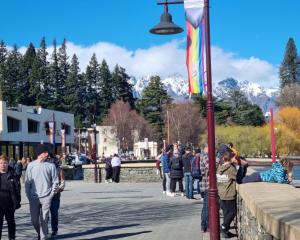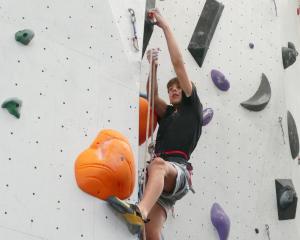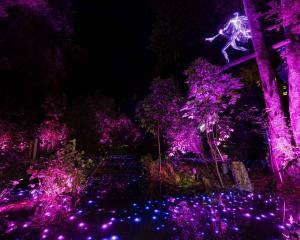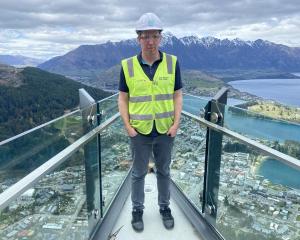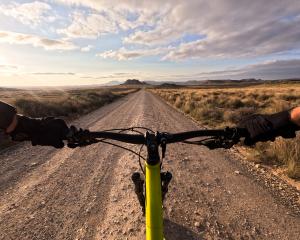
The anniversary celebrations today have been organised by the Upper Clutha Historical Records Society and include a lakefront parade from 1pm, followed by a community event at Wanaka Station Park from 2pm and at Templeton's forge at 3pm.
The event marks the arrival in the district in June 1860 of early settlers, including Henry and Mary Ann Norman, and their infant son Richard.
The Norman family is acknowledged in several history books as the first family to settle permanently around Wanaka.
There are many descendants, including Wanaka resident Trevor Norman and his family.
However, Trevor Norman is reluctant to claim a "first" because the district was swiftly settled in the late 1850s and early 1860s and he believes other families might have claims not yet detailed in history books.
By the early 1860s, up to 30 shepherds and managers were looking after Upper Clutha pastoral runs for city-based owners.
Other early settlers in the district included John McLean, who owned the large Morven Hills run in the Lindis Valley from 1858.
The earliest settlers were Maori, descended from Kati Mamoe and Ngai Tahu.
European explorers and surveyors began making journeys to Wanaka from the 1850s.
Mr Norman's great-grandfather, Henry Ferris Norman, first arrived in Pembroke (Wanaka) in February 1859 to manage the station for John Roy and a Mr Barton.
Henry then returned to Wellington for the birth of his son, Richard, and brought his wife Mary Ann, Richard, and 1700 merino sheep back to Pembroke.
The family arrived on the shores of Lake Wanaka in June 1860, after a journey of seven weeks through the Waitaki Valley and Lindis Pass, accompanied by shepherds Angus McMasters, John Grant, Edward Pool and Thomas Milne.
Henry and Mary Ann Norman had eight children and Trevor is descended from the couple's second child, Robert, who was born on May 11, 1861, and believed to be the first white child born in the Upper Clutha.
Robert and his wife Mary had 12 children, one of whom was Mr Norman's father Frederick.
Frederick and his wife Mabel had 9 children - six girls and three boys - and Trevor Norman was the youngest.
Trevor Norman and his wife Kate have two children, Jamie and Sally, and Jamie Norman and his wife Chelsea have a daughter, Ruby (2).
One thing the family cannot shed light on is why Henry Norman had another name in some history books: Abel Ferris Domini.
What's on Today
1pm: Assemble for parade at Wanaka Showgrounds, McDougall St, Wanaka.
2pm: Wanaka Station Park community celebration. Speeches from John Aspinall (Mt Aspiring Station) and the Rev Catherine Little (who has long family links to the area) among others. Activities include: shearing, lolly scramble, choir and pipe band, vintage machinery display, early history display, afternoon tea provided by Upper Clutha Lions.
3pm: Albert Town display at Templeton Engineering. Activities include: displays, barbecue, firing up of the old forge. The Upper Clutha Historical Records Society has produced a booklet of the history of the district. It is also compiling a register of pioneer families and has forms available at district libraries for people to fill out.
1860: First settlers and merino sheep arrive at Lake Wanaka. 1861: First gold discovery occurred in the Lindis Valley.
1863: Towns surveyed at Pembroke (Wanaka), Newcastle (Albert Town) and Gladstone (Johns Creek).
1868-69: The first school, at Albert Town, opened.
1892: The district's first church, St Patrick's Catholic Church, opened at Hawea Flat.
1915: The first bridge, the red bridge over the Clutha River, was built at Luggate.
1940: Pembroke renamed Wanaka.
1958: Lake Hawea dammed to provide hydro-electricity storage.
1964: Mt Aspiring National Park formed.
1976: The first commercial skifield, at Treble Cone, opened.
1988: First Warbirds Over Wanaka Airshow.


